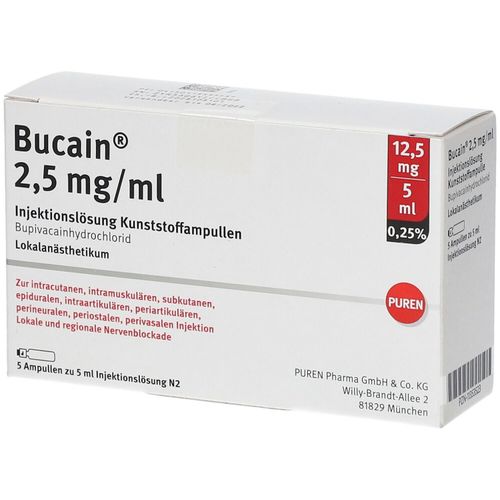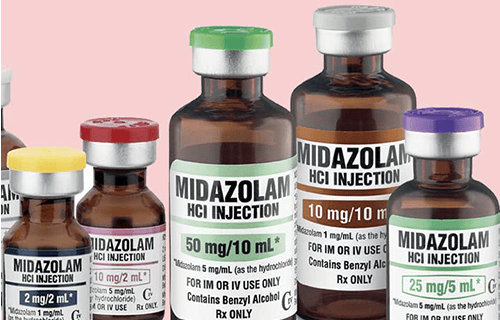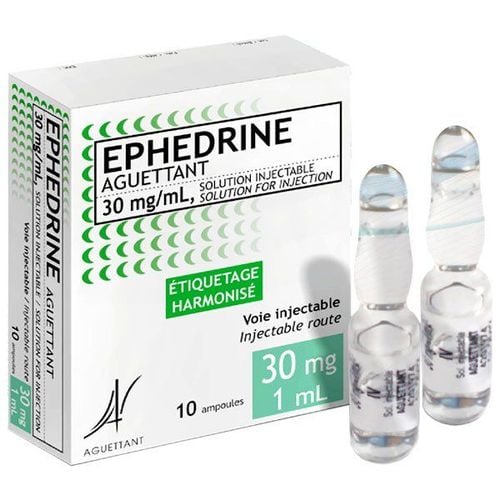This is an automatically translated article.
The article is expertly consulted by an Anesthesiologist, anesthesiologist, anesthesiologist - Department of General Surgery & Anesthesia - Vinmec Hai Phong International General Hospital.Paraspinal anesthesia is an anesthetic method with many advantages that is applied to inhibit afferent nerve conduction in order to relieve postoperative pain or to induce surgical anesthesia of thoracic trauma.
1. What is vertebral anesthesia?
Paraspinal anesthesia is a technique of injecting local anesthetic close to the spinal nerve roots coming out of the graft hole in the paravertebral space to anesthetize or relieve pain in the thoracic or dorsal segments. Paravertebral anesthesia offers many advantages such as:Simple, easier to perform than thoracic epidural; Performed safely in both sedated and mechanically ventilated patients; If there is the support of thoracoscopy, it will be safer and more accurate to place the catheter; Paravertebral anesthesia can be performed on one or both sides; Inhibition of sensory, motor and sympathetic conduction; Maintain good hemodynamic stability; Helps reduce the need for opioids in postoperative patients; Have a low rate of complications or complications; Helps preserve bladder sensation; Does not cause loss of lower extremity movement; Postoperative patients are able to move soon.
2. When is paravertebral anesthesia indicated?
Paravertebral anesthesia can be prescribed by doctors in the following cases:Anesthesia for surgery: mammary glands, reconstruction of the abdominal wall due to hernia, exploration of chest wounds Methods of postoperative analgesia : thoracic surgery, breast surgery, cholecystectomy, nephro-ureteric surgery, hernia surgery, appendectomy, laparoscopic-assisted thoracic surgery;

Gây tê cạnh sống được sử dụng để giảm đau sau mổ ruột thừa
In addition, the contraindications of paraspinal injection include relative and absolute contraindications.
3. Contraindications
3.1 Relative contraindications include:Patients with coagulopathy; Deformity of the spine, thoracic cavity; The patient has a history of lung surgery. 3.2 Absolute contraindications include:
No patient consent; Infection of the needle puncture site; Purulent pleurisy; Allergy to anesthetics ; Paravertebral tumor conditions close to the needle puncture site; Decrease in untreated circulating volume.

Gây tê cạnh sống có thể kích thích ho cho người bệnh
4. Complications of paravertebral anesthesia
The failure rate of paravertebral anesthesia is from 6-10% with possible complications such as:Intravascular injection; Pleural perforation may be accompanied by pulmonary perforation; The sign of “trouble”; Cough stimulation; Sharp pain in the chest or shoulder; Inability to aspirate air unless a lung is perforated; Air enters the pleural space from the needle puncture site; Hypotension rarely occurs even in the setting of bilateral paravertebral anesthesia; Mistaken injection through the intervertebral foramen can cause post-anesthesia headache; Intradural puncture as injected into the subarachnoid space; Transient Horner's syndrome, ipsilateral or contralateral, due to stellate ganglion suppression by diffuse local anesthetics, or superior thoracic preganglionic fiber inhibition; Altered ipsilateral hand sensation from local anesthetics extends to T1 (brachial plexus) blockade. With the goal of bringing patients the most advanced medical techniques in the world, minimizing complications and risks, Vinmec International General Hospital has applied the ESP technique. This is an analgesia technique that can completely replace analgesia morphine in open heart surgery and thoracic surgery in both adults and children with many outstanding advantages:
Helps to relieve pain comprehensively, without complications, shorten the time of active resuscitation, eliminate the risk of postoperative pain and chronic pain in 96% of heart surgery patients. No direct effect on spinal cord and anatomical structures of nerves Safer due to ultrasound guidance There were no cases of needing to add morphine analgesia when skin incision, sternum saw. Significant reduction in the dose of painkiller Sufentanil during surgery. Pain level after extubation, exercise, and extubation (VAS <3). There were no complications of hematoma, hypotension or excessive anesthesia, respiratory depression, anesthetic toxicity.
Please dial HOTLINE for more information or register for an appointment HERE. Download MyVinmec app to make appointments faster and to manage your bookings easily.













